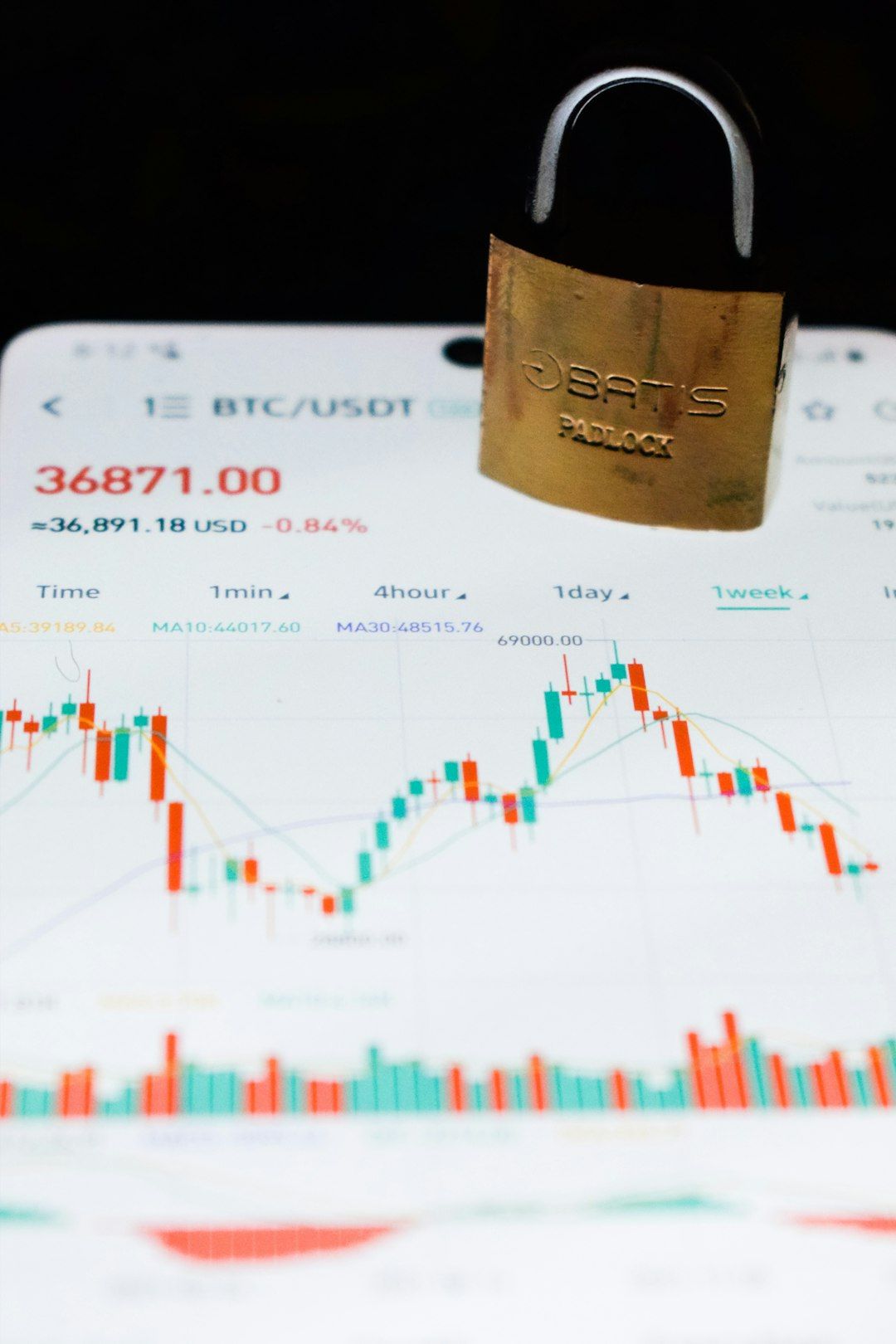It seems like everyone’s talking about crypto these days. Bitcoin, Ethereum, Dogecoin—you name it. But there’s one kind of crypto a lot of people still don’t fully get: stablecoins. So what’s the difference between these and regular cryptocurrencies? And why should U.S. investors care? Let’s break it down.
What is a Stablecoin?
A stablecoin is a type of cryptocurrency. But unlike Bitcoin or Ethereum, its value doesn’t bounce around like crazy. It’s called a “stable” coin for a reason—it stays roughly the same in price.
How? It’s usually pegged to something solid, like the U.S. Dollar. For example, one popular stablecoin, USDC (USD Coin), tries to keep its value at $1.00 USD.
That means if you have 10 USDC, it’s usually worth about $10. No wild swings. No rollercoaster ride.

So What’s the Difference?
- Volatility: Regular crypto can jump up or down in price really fast. Stablecoins stay… well, stable.
- Purpose: Crypto like Bitcoin is often seen as an investment. Stablecoins are more like digital cash.
- Backed Assets: Most stablecoins are backed by something (like dollars or bonds). Many cryptos are not backed by anything.
Think of it like this:
Bitcoin is like buying stock in a fast-growing company. Stablecoin is like carrying cash in your digital wallet.
Why Should U.S. Investors Care?
Here’s where it gets interesting. In today’s uncertain market, stablecoins offer a few big benefits:
- Less Risky: You don’t have to worry about losing 20% overnight like with Bitcoin.
- Faster Transfers: Sending money using stablecoins can be quicker—and cheaper—than using a bank.
- Global Reach: You can send stablecoins to someone anywhere in the world almost instantly.
- Stepping Stone: They’re a good way to get into crypto without going “all in.”

But Wait—Are There Any Risks?
Yes, stablecoins aren’t perfect. Some are supposed to hold their value at $1, but if the company behind them doesn’t actually hold enough assets, things can go wrong. One example? TerraUSD. It crashed and burned in 2022.
Here are a few things to look out for:
- Is the stablecoin really backed by real money or assets?
- Who’s managing it? A trusted company?
- Are there audits? Transparency matters!
What’s the Government Saying?
The U.S. government is keeping a close watch. Lawmakers want stablecoins to be safe, reliable, and properly regulated. That’s why new rules are likely coming. And that’s a good thing for investors who want to trust their digital dollars.
These rules might include:
- Requirements for reserves (what backs the stablecoin)
- Transparency and audit rules
- Clear rules on who can issue them
Final Thoughts
You don’t need to dive headfirst into crypto to start exploring it. Stablecoins could be your safe place to dip a toe in the water. They offer the tech perks of blockchain without the price chaos.
And for U.S. investors, especially in a market that’s always changing, using stablecoins can offer faster transactions, easier money movement, and a smart way to manage digital finances.
So whether you’re a crypto pro or just getting started, it’s worth knowing what’s what in the world of stablecoins vs. crypto. Your wallet might just thank you.

